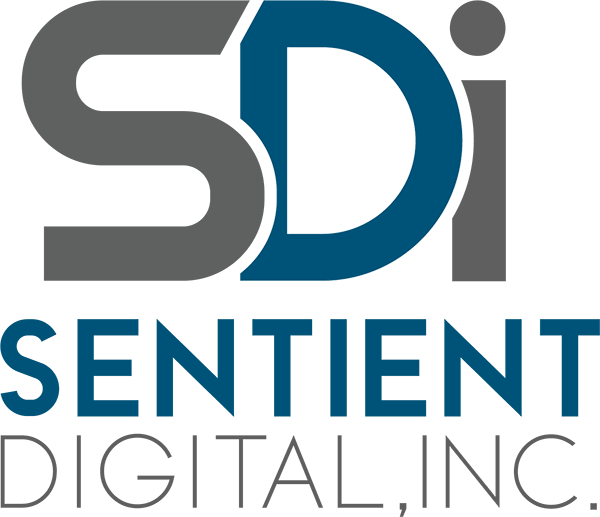Brad Willman | Source | IT Director at Sentient Digital, Inc.

Brad Willman
Brad Willman is the IT Director of Sentient Digital, Inc., a technology solutions provider. He specializes in corporate IT security policy, network security, cloud services, identity and access management, data loss and fraud prevention (DLP), and cyber risk. He studied microbiology at Southeastern Louisiana University and undersea warfare in the United States Navy, and he holds LTCP, MCP, MCTS, and SSCP certifications.
-
Sentient Digital, Inc. (http://sdi.ai)
IT Director
-
How microsegmentation can limit the damage that hackers do
Microsegmentation promises to thwart network attackers by curbing their movements and limiting access to enterprise resources. This article features expert commentary from Brad Willman.
Article -
Optimize Existing Technologies for Maximum Value
Looking to get a bigger bang from your budget? Think about optimizing some of your existing IT resources. This article features expert commentary from Brad Willman.
Article -
Why Your Company Should Leverage Agile Software Development | UpCity
Are you considering implementing an agile software development process? Understand the pros and cons of agile development with help from the experts. This article features expert commentary from Brad Willman.
Article
-
Chief Information Officers are not just leaders of an organization’s IT team. CIOs hold a top leadership position for their organization as a whole. For this reason, great CIOs need industry intelligence above all else.
This means that a CIO needs a firm understanding of both the current tech industry and the industry that their organization is a part of. This knowledge allows a CIO to appropriately align their organization’s tech goals with the needs of the industry that their organization is a part of.
Successful CIOs use industry intelligence to ensure that the advancement of their organization within their field is always the top priority of their tech projects and goals.
-
SD-WANs were a major step forward in safely and cost-effectively connecting multiple remote networks, explained Brad Willman, CIO of Sentient Digital, Inc., a technology and staffing services provider. "However, without the help of third-party applications, SD-WANs cannot control certain security features, such as VPN remote access and web gateways," he noted. "SASE is an improvement on SD-WAN that smoothly integrates the security tools its predecessor lacked."
SD-WANs require multiple third-party security applications to keep networks safe, an approach that makes it relatively easy for gaps to appear within a company’s cybersecurity infrastructure. "SASE helps to bridge these potential risks by incorporating all necessary cloud security into one solution," Willman said. "Furthermore, SASE helps to cut down on administrative complications and cybersecurity costs."
The pandemic has forced many organizations to alter their daily operations, including a massive increase in remote workers. "For some companies, these alterations might be short term, but for others ... they will permanently change the company's structure," Willman observed. "Technologies such as SASE, which greatly improves cybersecurity for teleworkers [in] geographically separated office branches and other remote users, will likely become more crucial for successful business operations as we move into the post-pandemic business world."
-
Approximately 66% of businesses today rely solely or primarily on agile software development, and this statistic reflects far more than a passing tech fad. Businesses looking to develop an app or software generally will benefit most from utilizing agile software development strategies as opposed to the older waterfall methodologies.
Agile software development projects often take less time, require fewer technological infrastructure changes, and are on average 28% more successful than projects utilizing other tactics.
One benefit of using agile software development is that the process is centered upon the target user’s needs. This means that there are fewer unnecessary or bloated pieces within either the software infrastructure or interface.
Agile software development is far more collaborative and flexible than other methods in which developers are tied to a rigid tech infrastructure. The constant communication between all the developers usually leads to a more efficient end product, as each team member has remained aware of everyone else’s evolving roles and responsibilities
The final products created through agile software development are also typically more effective. This is because agile software development asks that each component be tested individually for end-to-end functionality, as opposed to waiting for the entire program to be completed prior to trial runs.
As with any project strategy, there can be drawbacks to agile software development. If teams are not able to effectively communicate with each other, the components needed for the software will take longer to function smoothly as one program—if they ever manage to function together at all. The inherent flexibility of the agile software development method also can be a drawback, as it can be harder to give clients or stakeholders an accurate model of what the end product will be.



